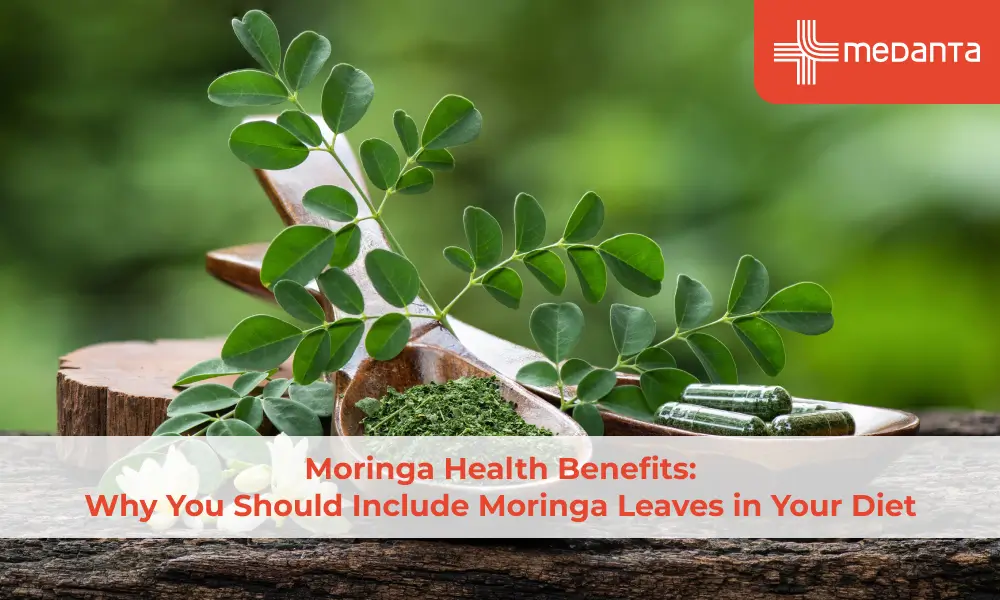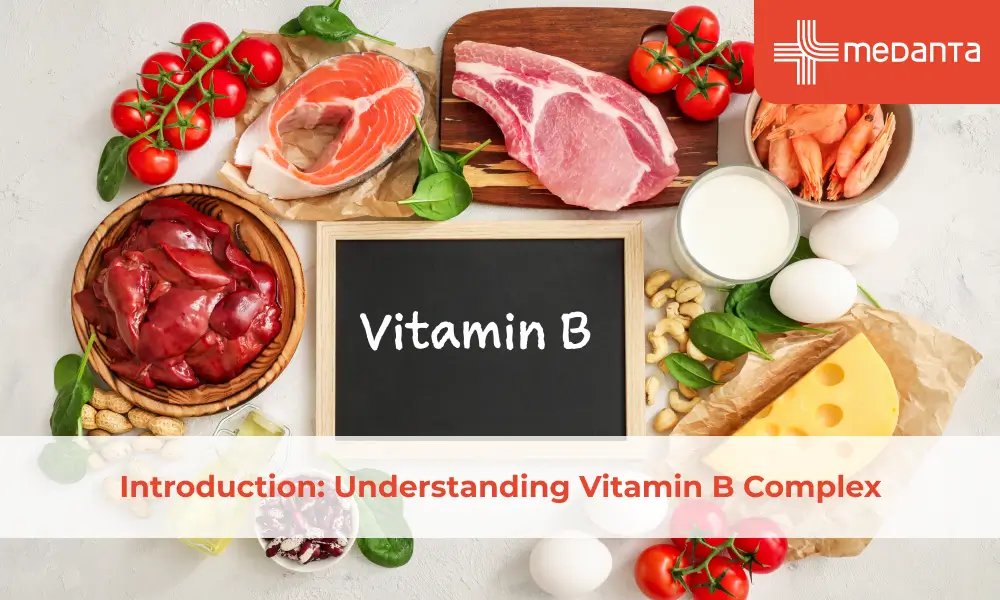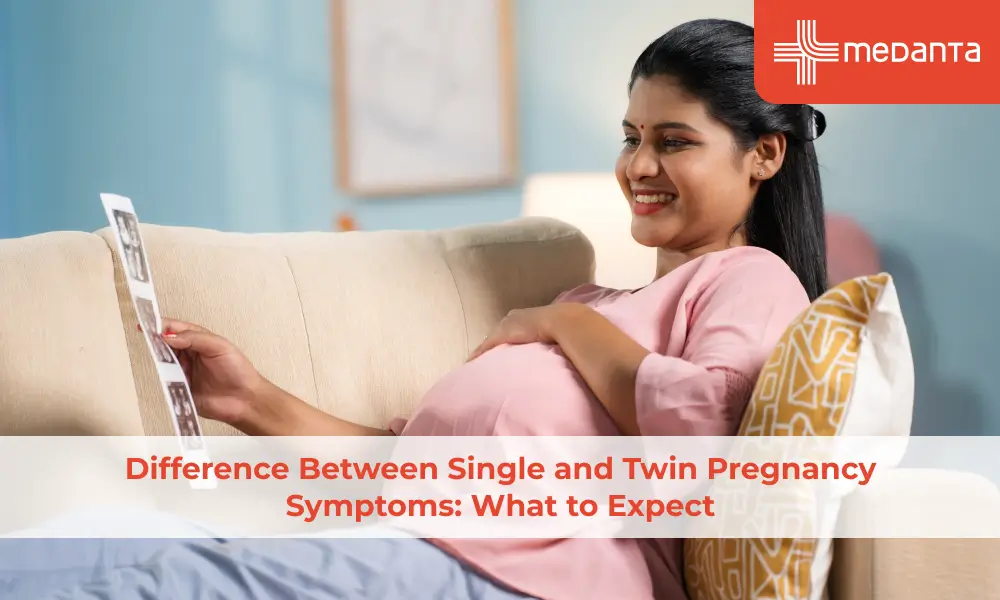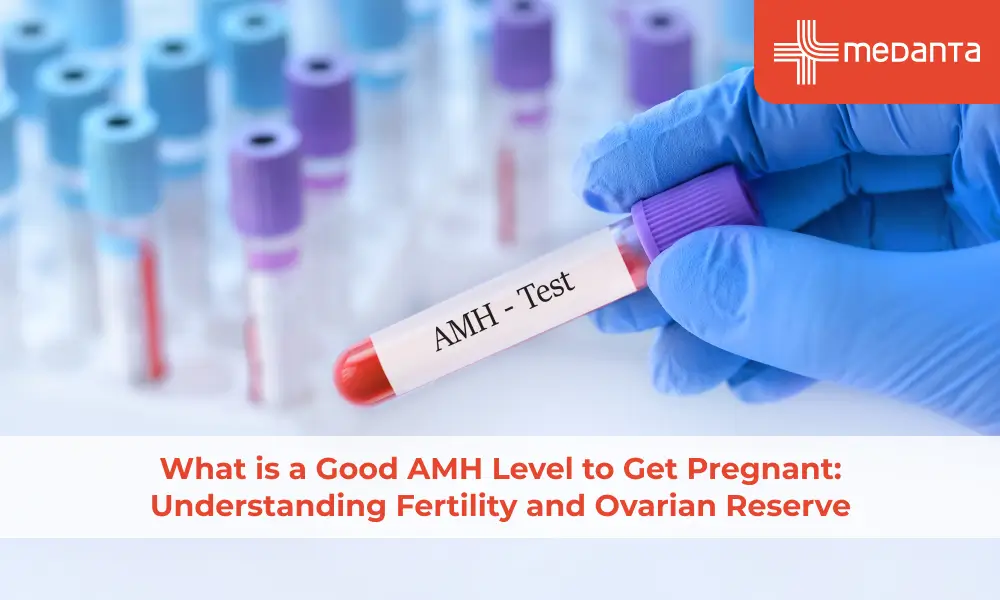Varicose Veins Exercises: Activities that Help and Those to Avoid

Swollen, twisted veins on the legs indicate varicose veins. These veins can be unsightly, but they are also uncomfortable. They cause symptoms such as pain, swelling, and aching. In addition to genetics, other factors can contribute to the development of varicose veins. Exercise is a successful treatment for varicose veins. This comprehensive guide will examine the causes of varicose venous, the relationship between varicose venous and exercise, and activities that may help relieve the symptoms.
Understanding Varicose Veins
When the veins of the legs are damaged or weakened, varicose veins can develop. Our legs' veins have one-way valves which prevent blood from going backward. Blood pools when these valves do not function correctly, causing the veins to swell, twist, and swell. The reasons for varicose veins are:
- Genetics: A family background of varicose veins increases the risk of developing them. Genetic factors may predispose an individual to weaker vein walls and valves.
- Aging: Our veins become less efficient in returning blood to our hearts as we age.
- Gender: Women tend to have more varicose blood vessels than men. This is often because of hormonal changes during pregnancy, menstruation, and menopause.
- Obesity: Extra body weight strains leg veins and makes it more difficult for blood to flow.
- Prolonged standing or Sitting: Some jobs or lifestyles require long standing or sitting that can restrict blood flow and cause varicose veins.
- Pregnancy: Varicose veins can develop because of increased pelvic strain during pregnancy.
How to Manage Varicose Veins with Exercise?
Varicose veins physical exercise is essential in managing varicose veins. Regular exercise improves blood circulation and helps strengthen the leg muscles. This can lessen the discomfort caused by varicose veins. Exercise can help those who suffer from varicose venous disease:
- Improved Blood Flow: Varicose veins physical exercise enhances blood flow throughout the body. Blood that flows more efficiently is less likely than not to pool in veins. This reduces the risk of vein enlargement.
- Muscle Pump: The calf muscle acts as a pump to help push blood up against gravity. This pumping activity can be increased by cycling or walking.
- Weight Management: Varicose veins and exercise can help reduce pressure in the veins of the legs and allow blood to flow back to the heart more quickly.
- Reduced Symptoms: Regular exercise helps to alleviate swelling, pain, and cramping associated with varicose venous.
- Prevention: People who are genetically predisposed to varicose veins or who lead unhealthy lifestyles can use exercise to help avoid varicose veins. It encourages good vascular health.
Exercises for Varicose Veins - Activities That Help
When incorporating exercise into a varicose-vein management plan, choosing practices that are easy on the legs and encourage circulation is critical. Here are some helpful workouts and activities.
- Walking stimulates blood circulation and works the calves. A vigorous walk of at least 30 minutes is advised every day of the week.
- Swimming: You can exercise without lifting a finger by swimming. It assists the heart as well as the muscles. The buoyancy of the water also relieves pressure on veins.
- Cycling: It is another low-impact exercise that strengthens the leg muscles. This enables a smooth, repeating motion that is beneficial for circulation.
- Leg Elevation: Several times per day, lying with your legs elevated for 15-20 minutes above the level of your heart will assist in reducing edema and improve blood flow.
- Yoga: Stretching and deep breathing are combined with gentle yoga movements to increase flexibility and circulation. Avoid positions that put too much strain on your legs.
- Leg Exercises: Do leg exercises such as ankle pumps, calf lifts, and leg raises to strengthen muscles that help with blood flow. These exercises can either be performed while lying or sitting down.
- Legwear with compression: Wear compression stockings when exercising to support veins and reduce discomfort.
- Consult a Specialist: A physical therapist or vascular expert can provide personalized exercise advice based on your condition.
Exercises to Avoid for Varicose Veins
Varicose veins physical exercise is beneficial for varicose venous disease, but some activities may exacerbate the symptoms. These should be avoided.
- Activities such as jumping or pounding your legs with heavy weight, like running or jumping rope, can cause excessive strain to the veins and worsen varicose venous.
- Avoid prolonged standing or sitting. Take regular stretch breaks if your job requires prolonged standing or sitting.
- Individuals with severe varicose Veins may not benefit from High-Intensity Interval (HIIT) Training workouts that involve short bursts of intense activity. They can increase the pressure on their legs.
- Sitting on your crossed legs can reduce blood flow to the legs. Always put your feet on the ground to sit.
- Lifting heavy objects may raise abdominal pressure and obstruct the return of blood to the heart from the legs. Utilize safe lifting practices and refrain from straining.
- Avoid wearing too tight clothing, especially around your waist and legs. This can reduce blood flow.
Conclusion
Exercise can strengthen the leg muscles, increase blood flow, and lessen varicose vein symptoms. Exercise enhances blood flow, bolsters the muscles in the legs, and reduces varicose symptoms. Avoid high-impact activity, which can exacerbate this issue, and opt for moderate-impact exercises that are easy on the legs. For guidance suited to your unique needs on managing varicose veins through exercise, speak with a specialist or healthcare expert. Physical activity can enhance vascular health and living standards for people with varicose veins.






